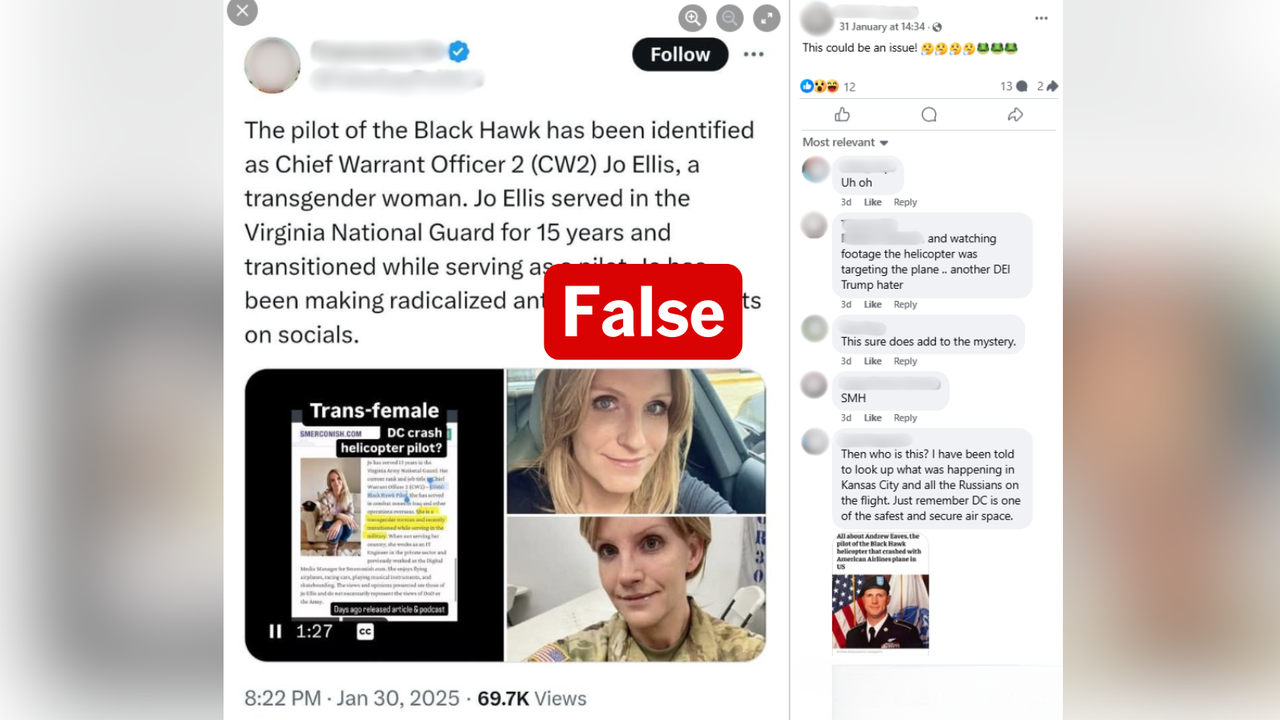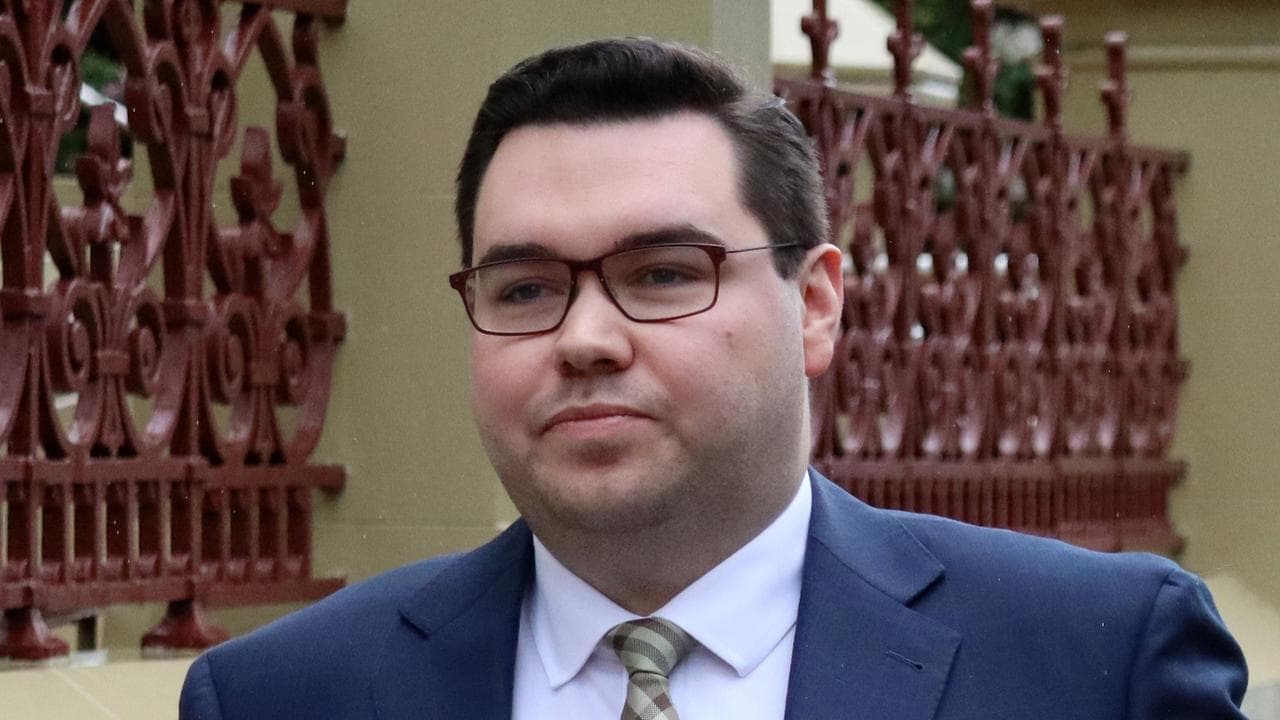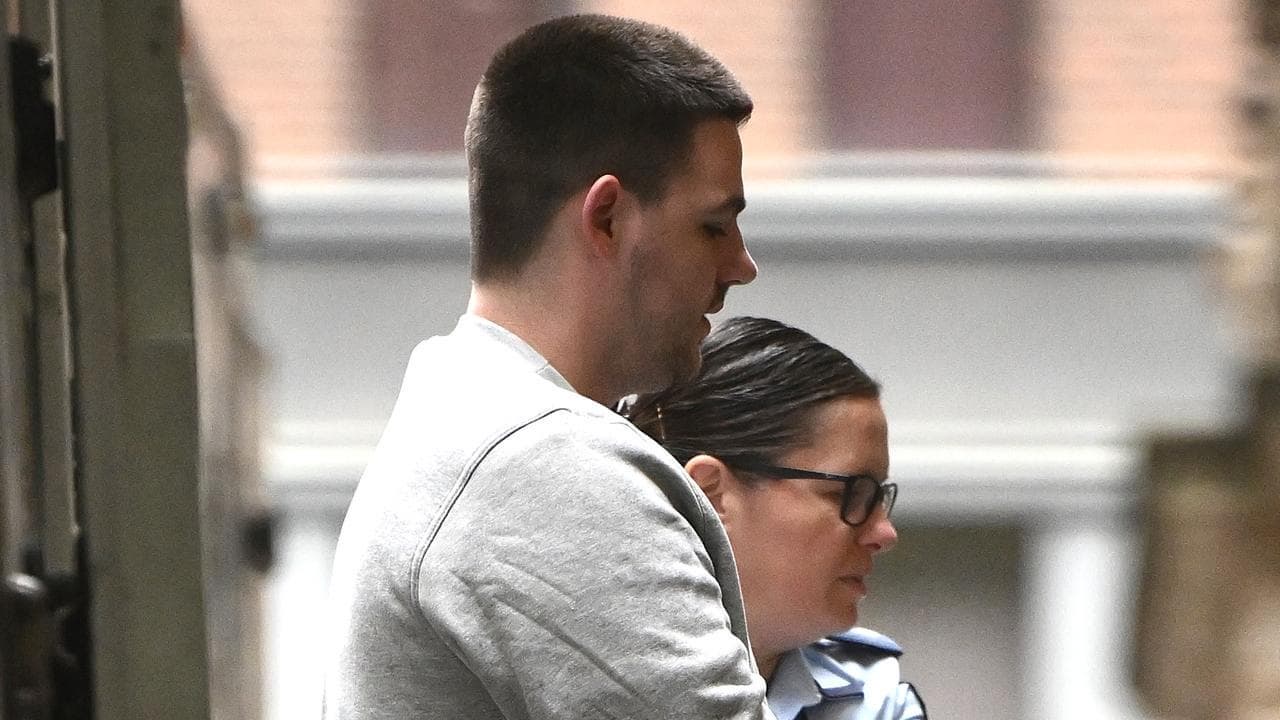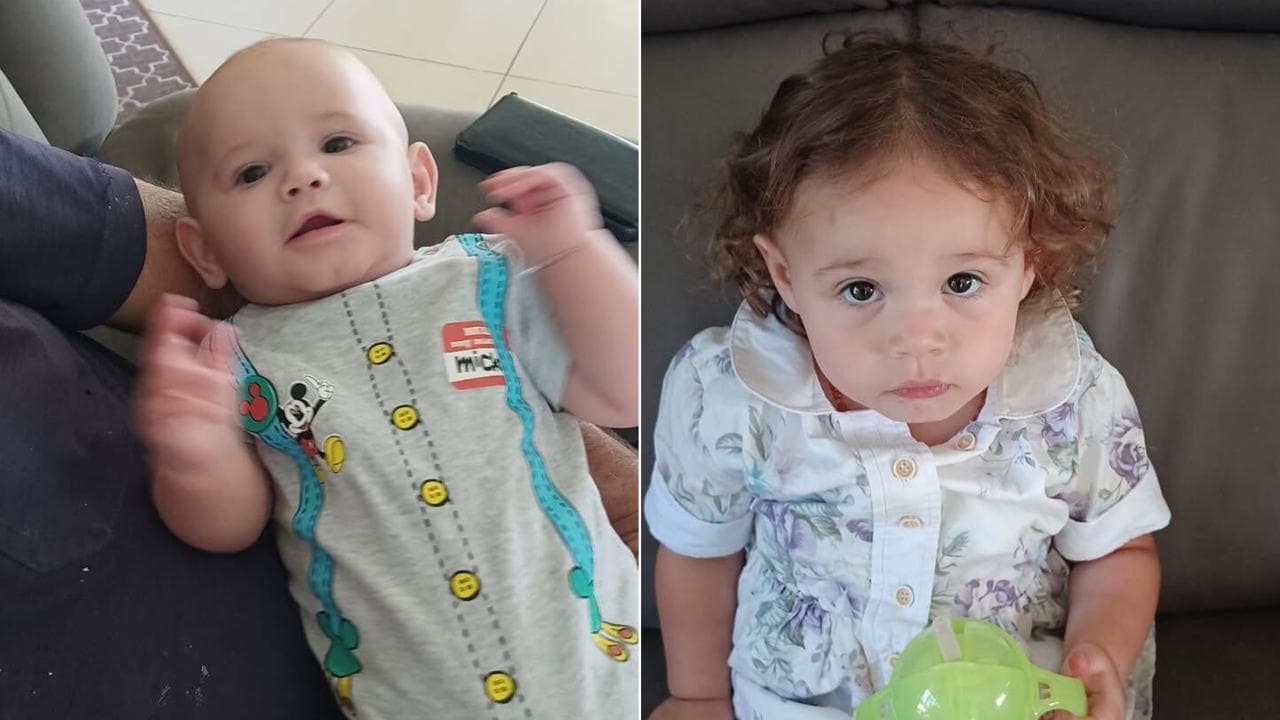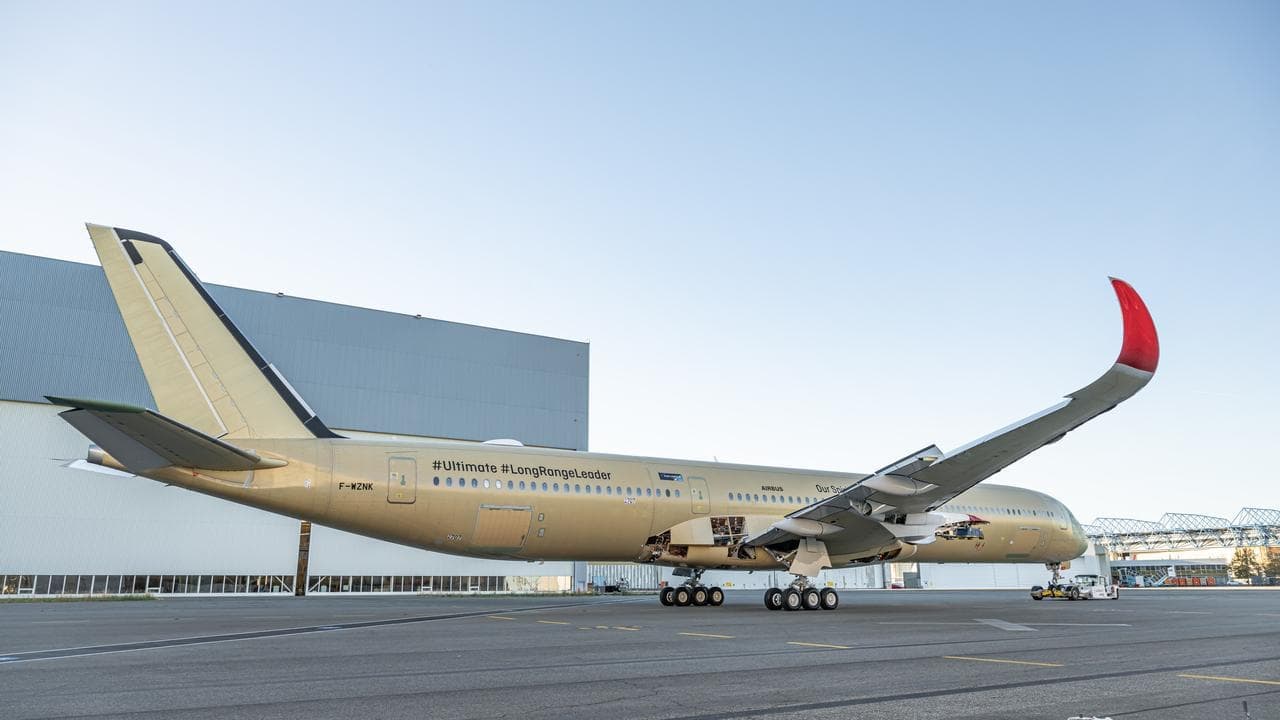WHAT WAS CLAIMED
Videos show tsunamis hitting Japan, Russia and Hawaii.
OUR VERDICT
False. The videos either misattribute footage from earlier weather events or use AI-generated content.
AAP FACTCHECK - Dozens of fake or miscaptioned videos showing large waves and tsunamis are spreading on social media after a magnitude 8.8 earthquake struck off Russia's far east coast.
The videos purport to show tsunamis striking Japan, Hawaii and Russia, but have either been generated using artificial intelligence tools or depict previous natural disasters.
The false claims spread after the powerful earthquake sparked evacuation orders as far away as Hawaii and across the Pacific on July 30, 2025.
Russia, Japan and the US have since downgraded warnings, while the Pacific Tsunami Warning Center issued a July 31 notice saying "the tsunami threat from this earthquake has now largely passed".

A Facebook video, which has been viewed over 15 million times, purports to show tsunami waves hitting the coast of either Japan, Russia or Hawaii.
The video has also been posted by several Australia-based users.
Reverse image search reveals the footage actually shows high waves hitting a beach in Durban, South Africa, back in 2017, and was posted on YouTube by the local Sun Newspapers group.
The same location, including the curved promenade, palm trees and the blue circular swimming pools, can be seen on Google Maps.
Other Facebook videos claim to show a "Tsunami in Russia today".
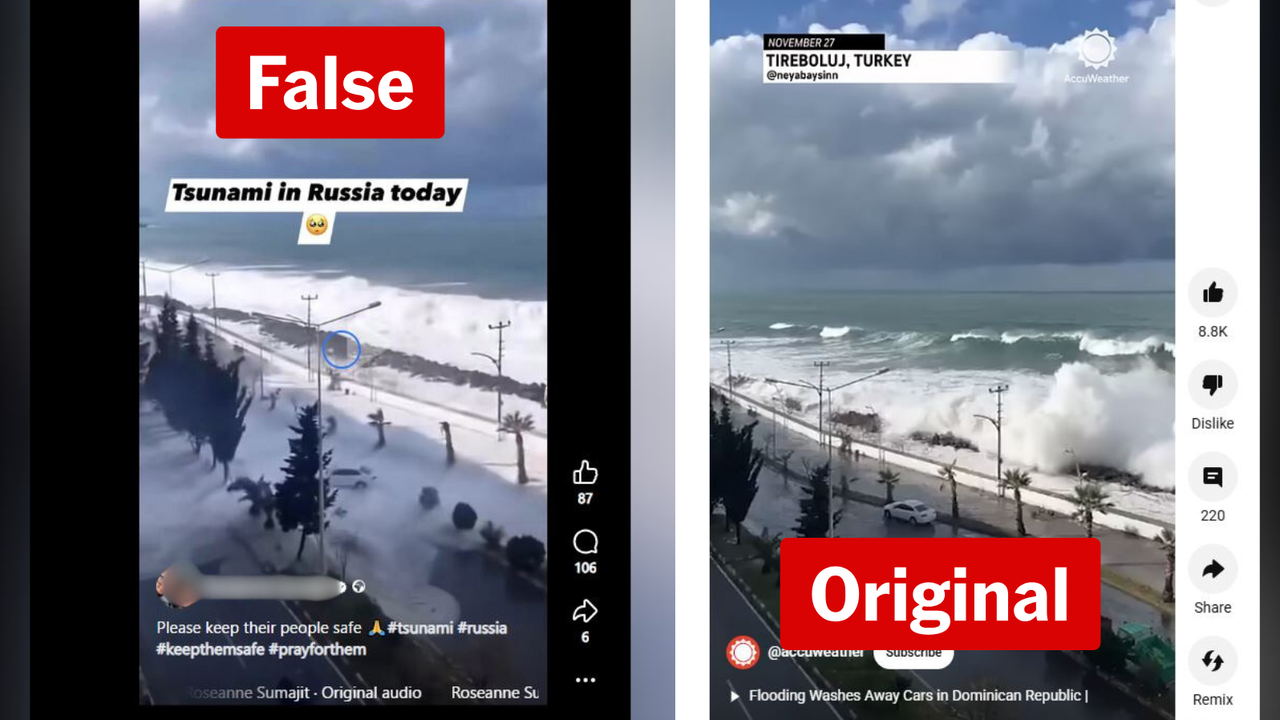
However, reverse image search shows the footage actually depicts high waves from the Black Sea hitting a beach in Tirebolu, Turkey, during Storm Bettina in November 2023, according to AccuWeather and The Weather Channel.
That location, including matching power poles, distinct round hedges, trees and the breakwall, is on Google Maps.
Another popular video circulating on Instagram and X purports to show tsunami waves generated by the recent earthquake, but it's actually footage of waves caused by a landslide in Greenland back in 2017.
The International Tsunami Information Centre documented the event, which severely affected the nearby town of Nuugaatsiaq.
A yellow house, visible on the right-hand side of the authentic video (timestamp one minute 19 seconds), can be seen in a photo of the area taken by a seismologist in 2010.
The same bay with its distinct fan shape and enclosed by two rocky headlands, and a single house perched atop one of them, can be seen in Nuugaatsiaq on Google Maps.
Some Facebook posts feature a video of beached beluga whales, claiming that the tsunami stranded them in waters near Russia; however, the clip actually dates back to August 2023.
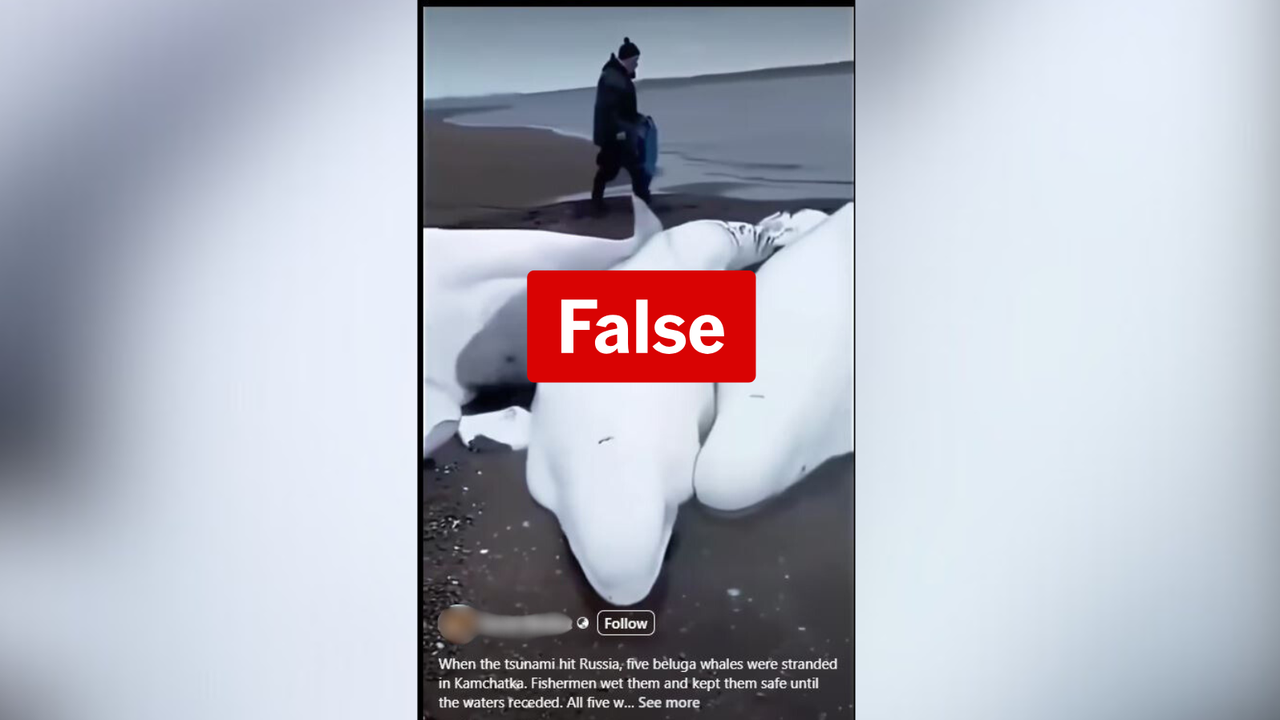
The footage was posted by several Russian media outlets in 2023, including RBC and 41RegionTV.
Other videos purported to show tsunami waves from the recent Russian earthquake display signs of AI generation.

One post shows a tsunami hitting a road, but a car at the top of the screen inexplicably changes colour from orange to black after the wave passes over it, and the double line markings appear to lift off the road.
Another AI video posted to X shows a wave hitting a coastline before another one appears out of nowhere behind it.
AAP FactCheck is an accredited member of the International Fact-Checking Network. To keep up with our latest fact checks, follow us on Facebook, Instagram, Threads, X, BlueSky, TikTok and YouTube.






